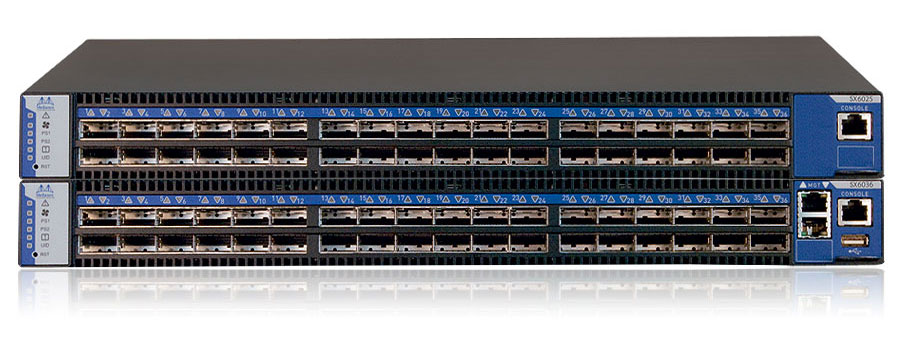
I often get the question how the concepts of Remote Direct Memory Access (RDMA), InfiniBand, Remote Memory Access (RMA), and Partitioned Global Address Space (PGAS) relate to each other. In fact, I see a lot of confusion in papers of some communities which discovered these concepts recently. So let me present my personal understanding here; of course open for discussions! So let’s start in reverse order :-).
PGAS is a concept relating to programming large distributed memory machines with a shared memory abstraction that distinguishes between local (cheap) and remote (expensive) memory accesses. PGAS is usually used in the context of PGAS languages such as Co-Array Fortran (CAF) or Unified Parallel C (UPC) where language extensions (typically distributed arrays) allow the user to specify local and remote accesses. In most PGAS languages, remote data can be used like local data, for example, one can assign a remote value to a local stack variable (which may reside in a register) — the compiler will generate the needed code to imlement the assignment. A PGAS language can be compiled seamlessly to target a global load/store system.
RMA is very similar to PGAS in that it is a shared memory abstraction that distinguishes between local and remote memory accesses. RMA is often used in the context of the Message Passing Interface standard (even though it does not deal with passing messages 😉 ). So why then not just calling it PGAS? Well, there are some subtle differences to PGAS: MPI RMA is a library interface for moving data between local and remote memories. For example, it cannot move data into registers directly and may be subject to additional overheads on a global load/store machine. It is designed to be a slim and portable layer on top of lower-level data-movement APIs such as OFED, uGNI, or DMAPP. One main strength is that it integrates well with the remainder of MPI. In the MPI context, RMA is also known as one-sided communication.
So where does RDMA now come in? Well, confusingly, it is equally close to both PGAS and it’s Hamming-distance-one name sibling RMA. RDMA is a mechanism to directly access data in remote memories across an interconnection network. It is, as such, very similar to machine-local DMA (Direct Memory Access), so the D is very significant! It means that memory is accessed without involving the CPU or Operating System (OS) at the destination node, just like DMA. It is as such different from global load/store machines where CPUs perform direct accesses. Similarly to DMA, the OS controls protection and setup in the control path but then removes itself from the fast data path. RDMA always comes with OS bypass (at the data plane) and thus is currently the fastest and lowest-overhead mechanism to communicate data across a network. RDMA is more powerful than RMA/PGAS/one-sided: many RDMA networks such as InfiniBand provide a two-sided message passing interface as well and accelerate transmissions with RDMA techniques (direct data transfer from source to remote destination buffer). So RDMA and RMA/PGAS do not include each other!
What does this now mean for programmers and end-users? Both RMA and PGAS are programming interfaces for end-users and offer several higher-level constructs such as remote read, write, accumulates, or locks. RDMA is often used to implement these mechanisms and usually offers a slimmer interface such as remote read, write, or atomics. RDMA is usually processed in hardware and RMA/PGAS usually try to use RDMA as efficiently as possible to implement their functions. RDMA programming interfaces are often not designed to be used by end-users directly and are thus often less documented.
InfiniBand is just a specific network architecture offering RDMA. It wasn’t the first architecture offering RDMA and will probably not be the last one. Many others exist such as Cray’s RDMA implementation in Gemini or Aries endpoints. You may now wonder what RoCE (RDMA over Converged Ethernet) is. It’s simply an RDMA implementation over (lossless data center) Ethernet which is somewhat competing with InfiniBand as a wire-protocol while using the same verbs interface as API.
More precise definitions can be found in Remote Memory Access Programming in MPI-3 and Fault Tolerance for Remote Memory Access Programming Models. I discussed some ideas for future Active RDMA systems in Active RDMA – new tricks for an old dog.